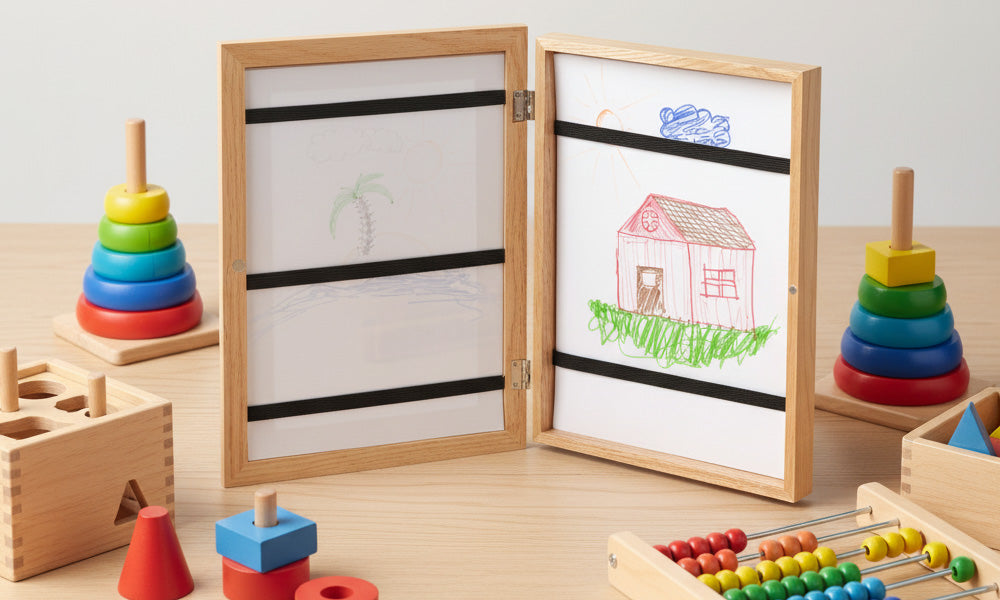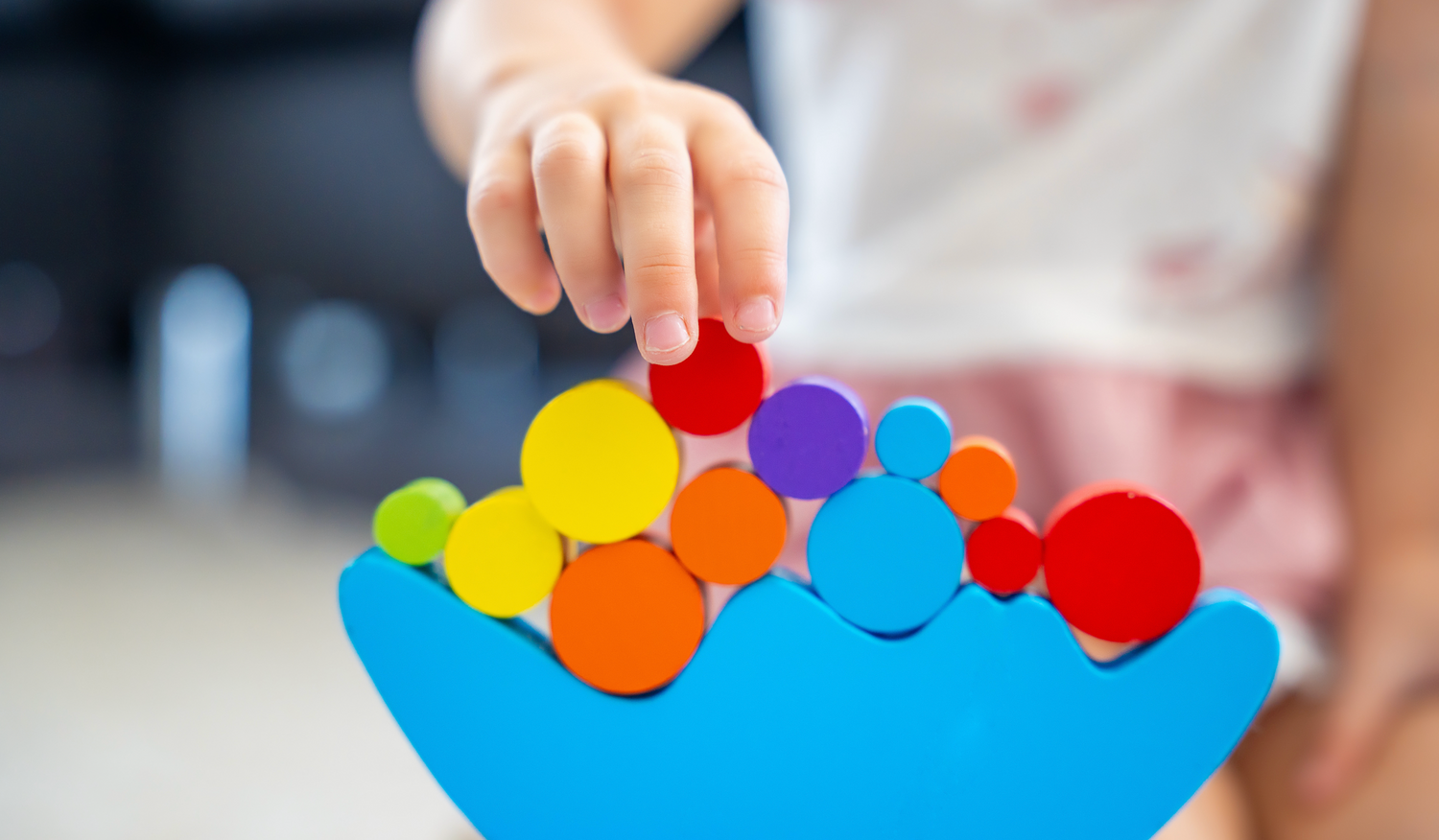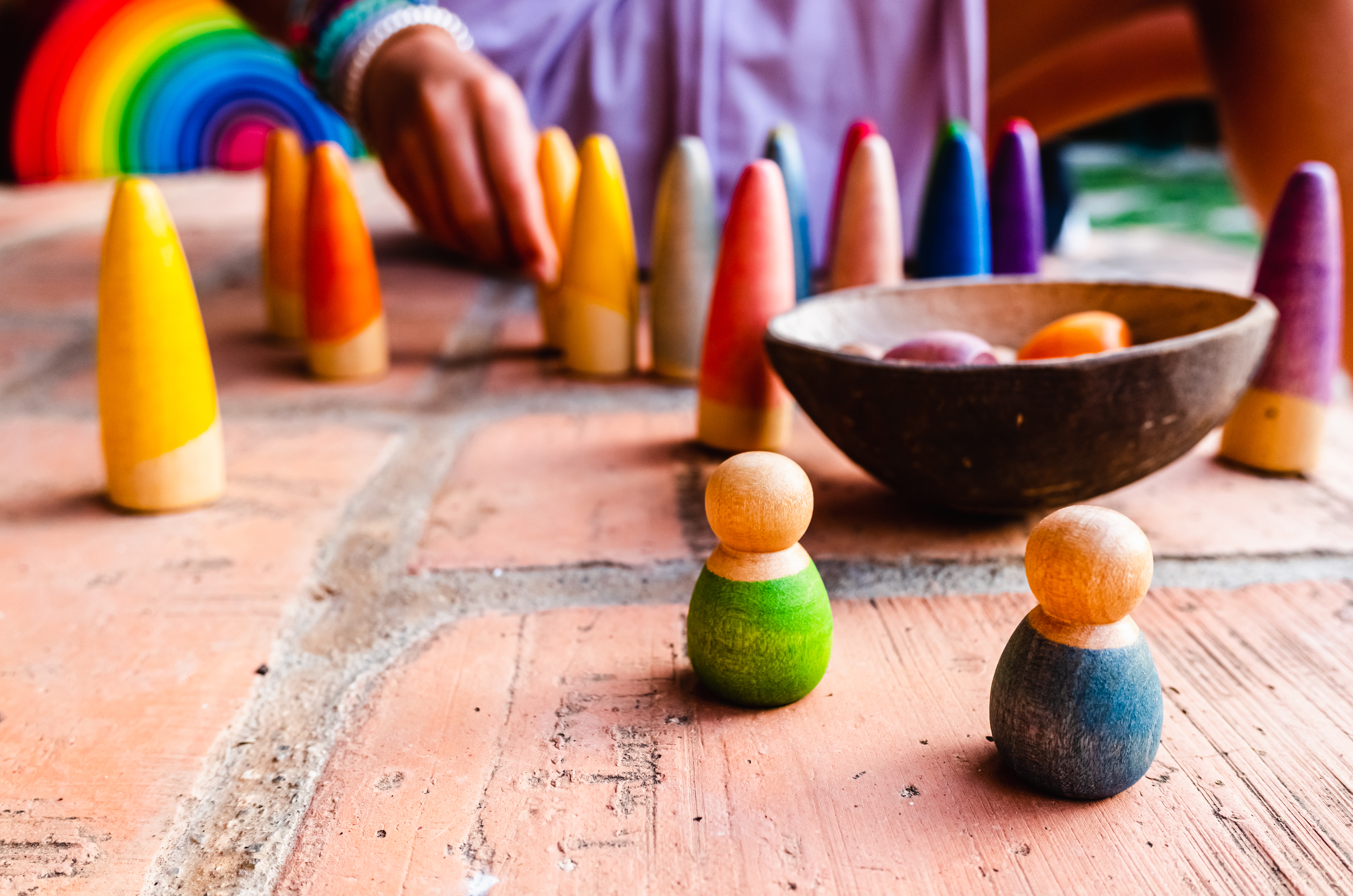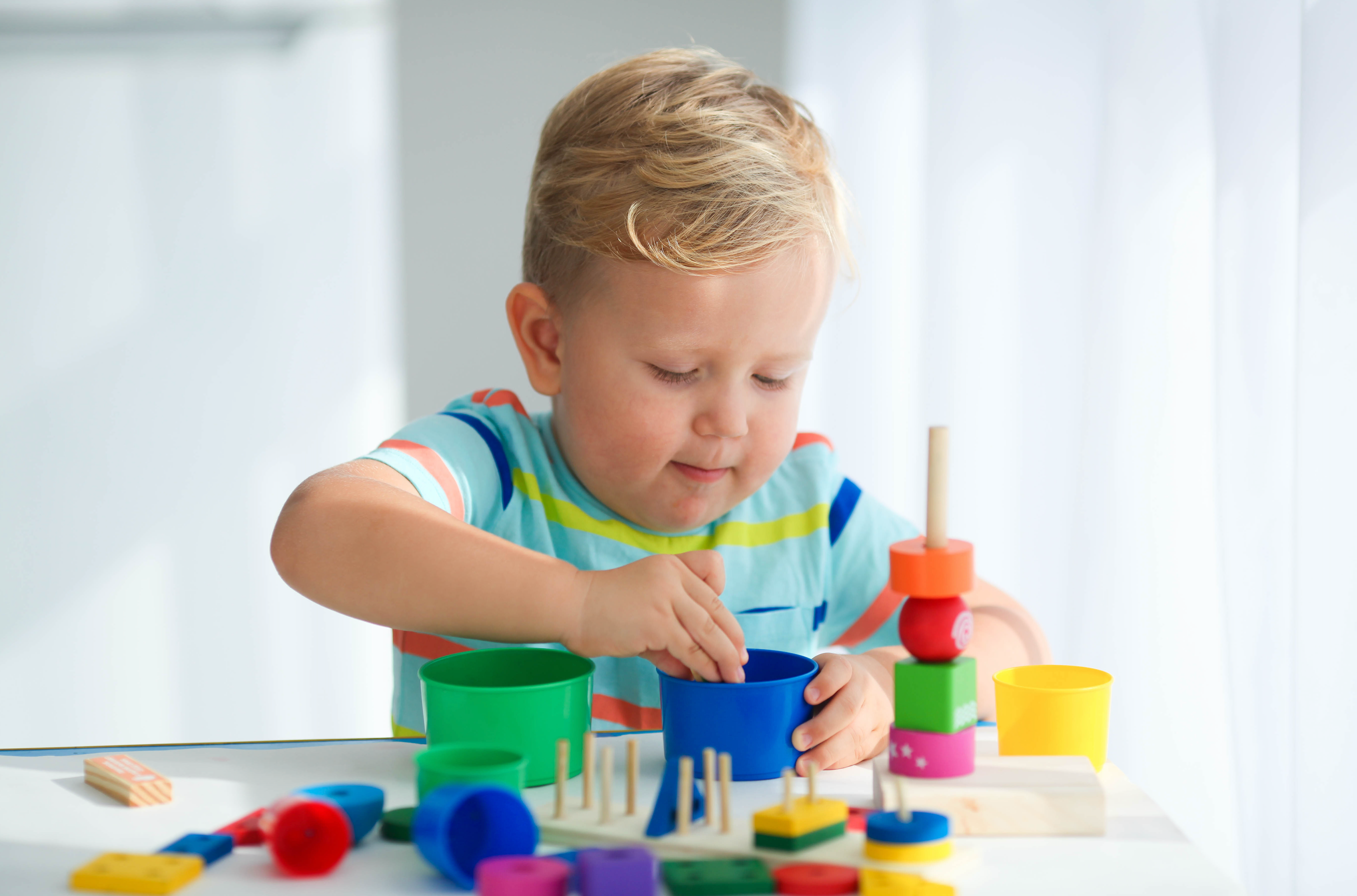Incorporating educational toys into your child’s daily routine can turn everyday moments into learning opportunities. Consistent engagement with these toys helps reinforce skills and concepts, making learning a natural part of your child’s day. This article explores ideas for integrating educational toys into morning, afternoon, and bedtime routines, creating a learning-friendly environment at home with real-life examples from parents.
Morning Routine
-
Wake-Up and Get Ready
- Toddlers Clock™: Use a child-friendly clock to help your child learn about time and develop a sense of routine. Set specific times for waking up, brushing teeth, and getting dressed. Explain the clock hands and involve your child in setting the clock.
- Toddlers Chef Set™: Incorporate the chef set into breakfast preparation. Let your child help with simple tasks like stirring oatmeal or arranging fruit slices. This promotes practical life skills and fine motor development.
-
Learning During Breakfast
- Wooden Peg Board Beads Game™: While waiting for breakfast, let your child play with the peg board beads game. Encourage them to sort beads by color or create patterns, stimulating cognitive skills and fine motor development.
Afternoon Routine
-
Playtime
- Toddlers Adventure Felt Board™: Use the felt board for imaginative play and storytelling. Set up different scenes and ask your child to create stories, enhancing their creativity and language skills.
- Sensory Baby Toy™: Incorporate sensory play activities using toys that engage multiple senses. This could include texture exploration with the sensory baby toy, promoting sensory processing and fine motor skills.
-
Outdoor Exploration
- Nature Walk with Collected Items: Take a nature walk and collect interesting items like leaves, rocks, and flowers. Back home, use the Toddlers Frame™ to display the collected items and discuss their features, promoting observational skills and creativity.
-
Learning Stations
- Create learning stations around your home where different educational toys are set up. Rotate toys regularly to keep your child engaged. For example, a station with the Wooden Peg Board Beads Game™ for fine motor skills, another with the Toddlers Adventure Felt Board™ for imaginative play, and a sensory station with the Sensory Baby Toy™.
Bedtime Routine
-
Winding Down
- Montessori Sensory Book™: Use a sensory book during bedtime to help your child wind down. The various textures and interactive elements can calm them and prepare them for sleep while enhancing their sensory processing and language skills.
-
Storytelling
- Toddlers Adventure Felt Board™: Continue the stories from the afternoon or create new ones before bed. This can become a relaxing and imaginative bedtime ritual that also promotes language development and creativity.
-
Reflect and Plan
- Toddlers Clock™: Reflect on the day’s activities using the clock. Discuss what the child learned and plan for the next day. This helps reinforce the concept of time and the importance of routine.
Creating a Learning-Friendly Environment
-
Accessible Toys
- Keep educational toys within easy reach of your child. Organize toys on low shelves or in baskets so your child can choose what they want to play with independently.
-
Rotate Toys
- Regularly rotate toys to maintain interest and provide a variety of learning experiences. This prevents boredom and ensures that different skills are being practiced.
-
Involve the Whole Family
- Encourage family members to participate in playtime and learning activities. This not only enhances bonding but also provides different perspectives and learning opportunities.
Conclusion
Incorporating educational toys into daily routines is a simple yet effective way to support your child’s development. By turning everyday moments into learning opportunities, you can create a rich, engaging environment that fosters growth, creativity, and a love for learning.
Stay tuned for the next article in our series, where we will discuss why hand-eye coordination is crucial for early development and how to improve it through play!





Dejar un comentario
Este sitio está protegido por hCaptcha y se aplican la Política de privacidad de hCaptcha y los Términos del servicio.